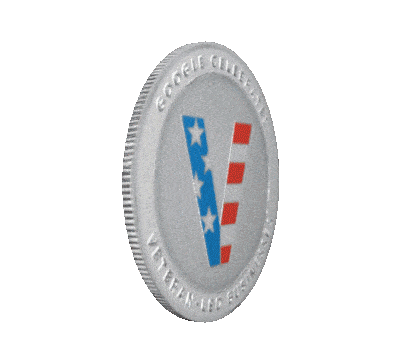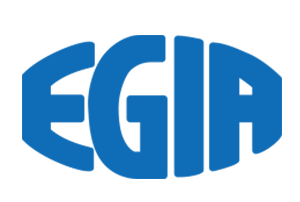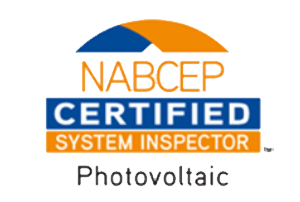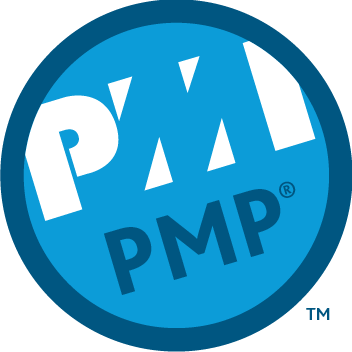Free Electric Car Charging for Life with Grid-Tied PV Solar
Electric car charging linked to solar with professional installation adds cost effectiveness to your system. From a sustainability perspective alone, home EV (Electric Vehicle) 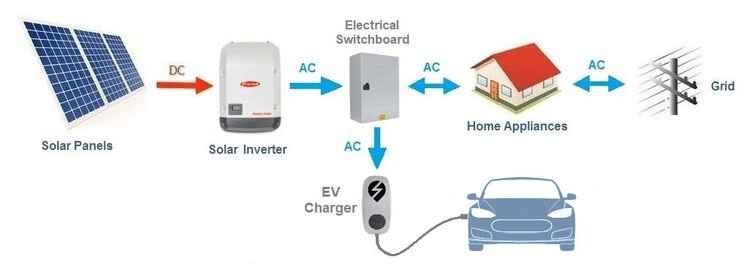
Sizing PV Solar for Electric Car Charging
Electric vehicle battery capacities typically range from 20 kWh up to 100 kWh for longer range vehicles. An average battery size of 50kWh generally provides 150 miles of range. 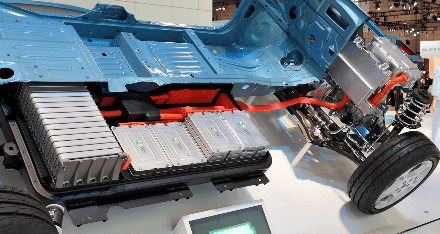
Advancements Make Solar Cost Effective for EV Charging Stations
As PV solar technology continues to mature, higher levels of equipment efficiency are achieved at ever lower costs, encouraging installation of more residential solar systems. Research by NREL (National Renewable Energy Laboratory) found steady improvements both in total module power production and panel efficiency. As an example, ten years ago 160-watt residential panels were considered high performing, today panels are routinely achieving 350 to 400-watts, more than double the energy harvest of a decade ago at the same price. Additionally, the introduction of MLPE (Module-Level Power Electronics) such as micro-inverters and DC (Direct Current) power optimizers allow for enhanced designs with more energy production. Furthermore, NREL found over a five-year period MLPE costs have fallen nearly 30% further reducing solar installation costs while producing more electricity.
Economics of PV Solar When Paired with an Electric Car Charging Station
According to the EIA the annual price increase for electricity in the U.S. has risen 1.25% on average per year for the last six years. Meaning the rate residential homeowners pay per kWh continues to go up. Increased numbers of electricity consuming appliances, computers, phones and other electronics have increased energy use in homes. Albeit some energy use has been, and can be, offset through energy conservation measures such as weatherization, selection of high-efficient heating and cooling equipment, appliances and hot water units. The campaign to eliminate gas (natural, propane, and gasoline) usage for home heating, cooking, and vehicles will no doubt hasten electrification in the United States. 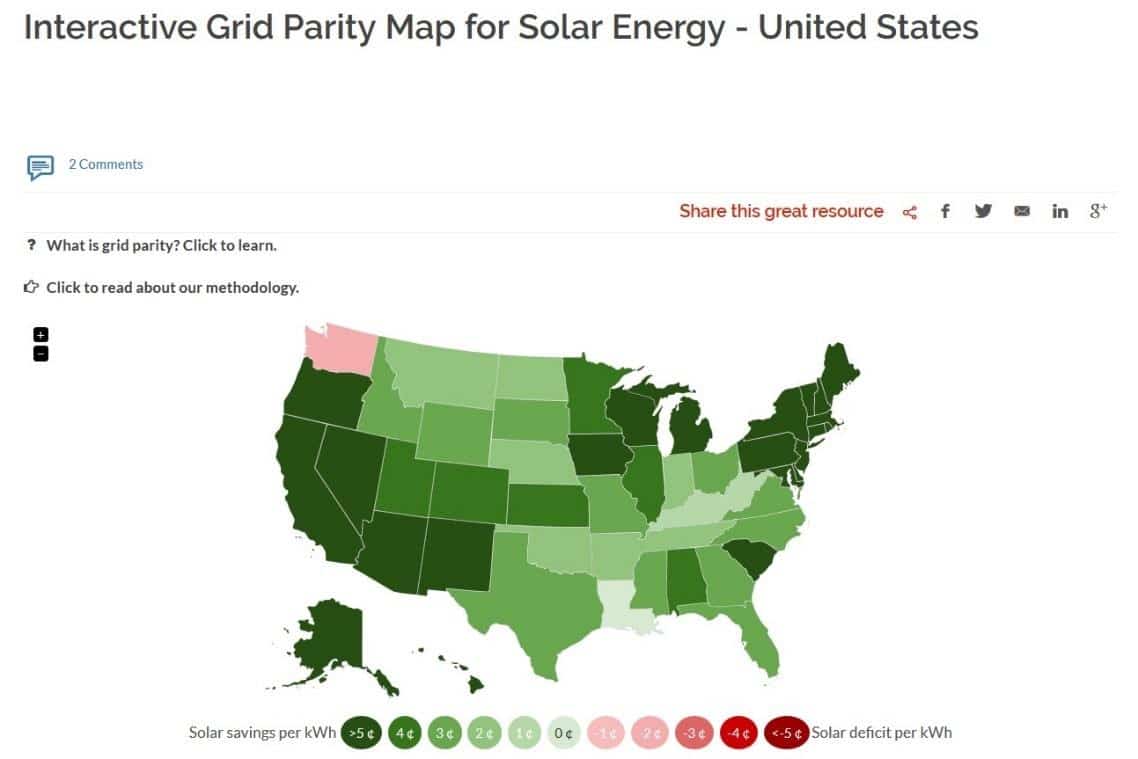
Incentives for PV Solar
Currently, the U.S. federal government supports and encourages installation of residential PV solar systems by offering a 26% tax credit (not deduction) for the total installation cost of PV Solar arrays. In 2020, the federal government extended this incentive through 31 December 2023. Without further legislative action, this tax credit will decrease each year eventually expiring. Beginning 1 January 2023, the tax credit decreases down to 22% ultimately expiring 31 December 2023. Below are some additional facts about the energy efficiency federal tax credit:
- Credit may be combined with other available energy efficiency incentives
- No maximum limit to this tax credit
- Can be used in more than one year
- May be used to offset alternative minimum tax (AMT)
Home Performance Group Charging Station Installation in Kansas City
Interested in installing an EV charging station with PV solar, consider hiring a full-service electrical professional with specialized knowledge to properly design, size and install your charging station and independent solar power plant. A small upfront investment in careful design can save both the headache of inconvenience and thousands of dollars future rework.
At Home Performance Group, we continue to invest in technical training so we can correctly design, specify, size, and install electrical systems, solar systems, and electric care charging stations. We have performed numerous projects for our clients.
If you are interested in a no-cost in-home consultation, schedule with a Solutions Advisor today.

Article by Larry L. Motley Jr., 13 Sep 2021
Larry is a graduate of both Wentworth Military Academy and Missouri Western State University earning a double bachelor’s degree in Economics and Finance. Additionally, he maintains six professional tradesman licenses in two states and advanced credentialing in green technology, project and program management, and process improvement. Larry is a three-time combat veteran having served in Operation Iraqi Freedom, Operation New Dawn, and Operation Inherent Resolve. He continues to serve through a value-based building science company focused on providing clients the best design, highest quality installation, and most honest repair services in the community.


Featured Service Areas:
| Missouri | Kansas | ||||
|---|---|---|---|---|---|
|
Belton Blue Springs Cameron Excelsior Springs Gladstone Holt |
Independence Kansas City Kearney Lathrop Lawson Lee's Summit |
Liberty North Kansas City Parkville Platte City Plattsburg Polo |
Raytown Riverside Smithville Sugar Creek Weston |
Kansas City Lansing Leavenworth Leawood Lenexa |
Merriam Mission Mission Hills Praire Village Shawnee |





